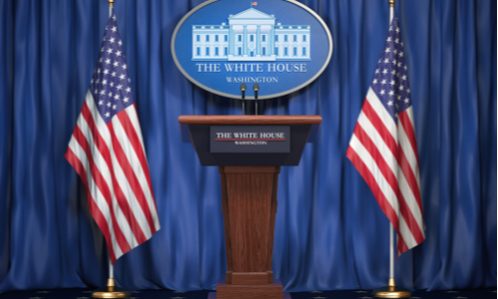The White House has zeroed in on hearing aids as part of a broad campaign to lower consumer prices by boosting competition, a push that has taken on renewed urgency with inflation at a 40-year high, reported the Wall Street Journal.
At present, just four manufacturers control 84% of the hearing-aid market, according to the Open Markets Institute, a think tank critical of corporate concentration. The reason, analysts say, is federal and state rules that compel manufacturers to sell through medical professionals. That added burden deters potential new market entrants, some industry analysts say.
In response, President Biden directed the Food and Drug Administration last year to speed up issuance of regulations, first authorized by Congress in 2017, allowing hearing aids to be sold over the counter for mild to moderate hearing loss.
While hearing aids are a relatively small industry, with annual sales of about $1.5 billion, they are symbolically important. The administration hopes it is where its competition policies will soon show concrete results for consumers. More than 37 million American adults have some difficulty hearing. Yet only one-fifth of people who could benefit from a hearing aid use one, according to the FDA.
The White House has argued that is because of expense. Hearing aids typically cost between $1,500 to $5,000 a pair, said Frank Lin, director of the Cochlear Center for Hearing and Public Health at Johns Hopkins University.
Want more news? Subscribe to CPI’s free daily newsletter for more headlines and updates on antitrust developments around the world.

